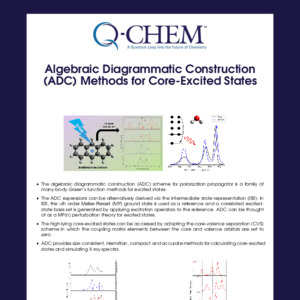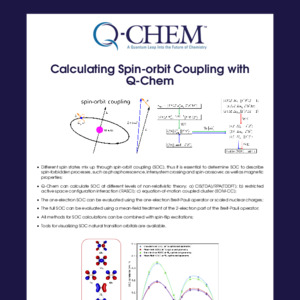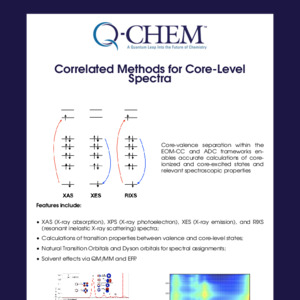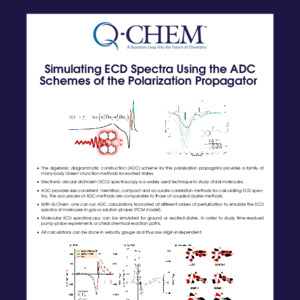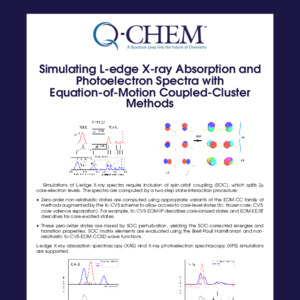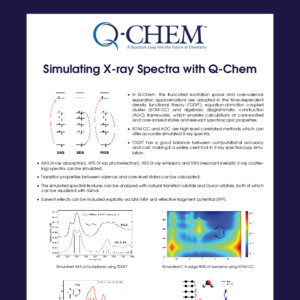Q-Chem Webinar 61
Equation-of-Motion Coupled-Cluster Protocol for Calculating Magnetic Properties of Single-Molecule Magnets

Maristella Alessio received her Master’s degree in Chemistry from the University of Torino (Italy), working in the CRYSTAL group on the development of DFT+dispersion methods for solids. For her Ph.D., she moved to Germany, where she worked in Prof. Joachim Sauer’s group at the Humboldt University of Berlin. Her doctoral thesis focused on developing ONIOM-like embedding schemes for accurately describing reaction steps in heterogeneous catalysis. She is currently a Postdoctoral Scholar in Prof. Anna Krylov’s group at the University of Southern California. Within her postdoctoral project, she developed a set of theoretical tools for predicting the magnetic behavior of molecular magnets. She is interested in building new quantum chemistry methods to investigate strongly correlated materials and complex chemical phenomena.
Abstract
A reliable ab initio description of single-molecule magnets (SMMs) is key to developing a new era of quantum devices that will be more efficient and easier to tune by structural modification of their building units. However, quantum mechanical treatment of such systems is challenging due to their multi-configurational wavefunctions, requiring a well balanced description of their constituent electronic configurations. Furthermore, theory to be useful necessitates efficient yet reliable approaches accounting for relativistic inter- actions and tools predicting magnetic properties.
In this webinar, I will present a new computational protocol (available within the ezMag- net module) for computing magnetic properties of transition-metal SMMs, which complements theoretical and experimental investigations on the design of improved SMMs. I will first discuss the motivation and the theory behind such computational approach. The approach combines equation-of-motion coupled-cluster (EOM-CC) calculations providing non-relativistic EOM-CC eigenstates with a state-interaction scheme treating spin-orbit coupling (SOC) and the interaction with an applied magnetic field as perturbations. Temperature- and field-dependent magnetization and susceptibility are then derived following Boltzmann statistics by differentiation of the resulting partition function. Second,
I will illustrate the analysis of the transition density matrices between the spin-orbit coupled states, which enables a quantitative description of the computed properties in term of a simple orbital picture. I will provide the audience with specific instructions on how to create input files, use the ezMagnet set of tools, and read the output. To this end, I will be focusing on a set of mononuclear Fe-based SMMs for which agreement between theory and experiment has been reached.
References:
1. M. Alessio and A. I. Krylov “Equation-of-motion coupled-cluster protocol for calcu-
lating magnetic properties: Theory and applications to single-molecule magnets”
J. Chem. Theo. Comp. 17, 4225–4241 (2021)
2. ezMagnet module available at: http://iopenshell.usc.edu/downloads/ezmagnet/

Questions or suggestions?
We hope you enjoyed this webinar! If you have any questions or feedback for the speaker or the Q-Chem team on the topics covered in this webinar, please use this forum thread:https://talk.q-chem.com/t/webinar-61-by-maristella-alessio-equation-of-motion-coupled-cluster-protocol-for-calculating-magnetic-properties-of-single-molecule-magnets/616.
